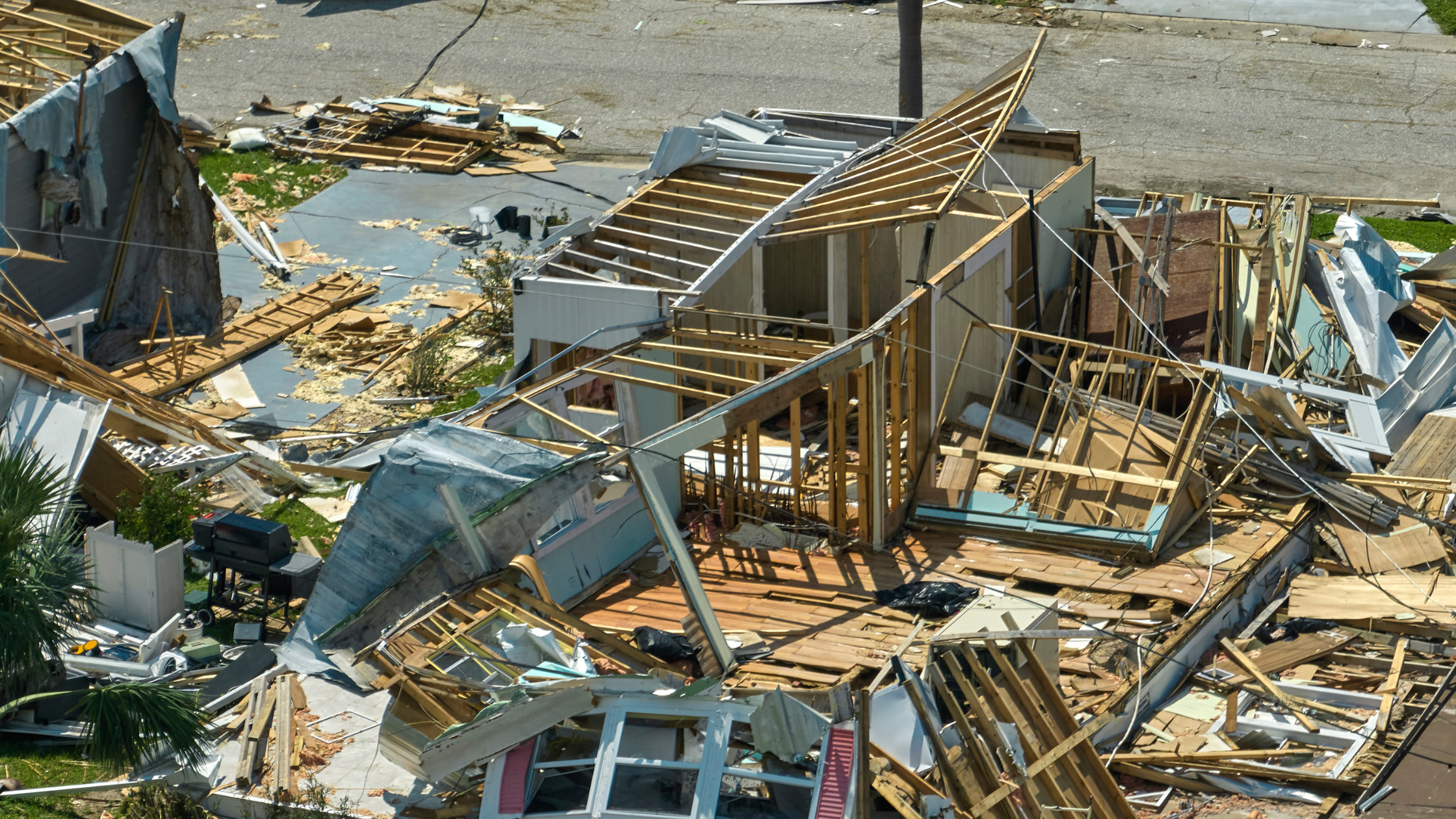It can take years—sometimes even decades—for a community to fully recover after a natural disaster. While emergency aid and media attention often fade within weeks, research shows that long-term recovery efforts typically span six to ten years, with some communities still struggling decades later (Urban). The timeline depends on the severity of the disaster, the availability of financial resources, and the resilience of local infrastructure. Yet, one thing is clear: recovery doesn’t end when the headlines do.
The Escalating Frequency and Impact of Natural Disasters
In recent years, the U.S. has witnessed a notable surge in natural disasters. Between 2020 and 2024, the average number of billion-dollar disasters escalated to 22.4 per year, a significant increase from 3.2 per year in the early 1980s (NOAA). This uptick has resulted in reduced recovery intervals; whereas communities previously had an average of 82 days between major events in the 1980s, this window has now narrowed to just 18 days (Climate Central).
The Protracted Road to Recovery
The duration of recovery varies widely among communities, contingent upon factors such as disaster magnitude, economic stability, and available resources. For example:
- Hurricane Katrina (2005): New Orleans experienced a prolonged recovery, with some neighborhoods taking around 8-11 years to rebuild (Pub Med Central).
- Paradise Fires (2018): Paradise, California faced deadly camp fire that spread throughout the small town and destroyed over 19,000 homes. 5 years later only a ⅓ of the homes are rebuilt (NPR)
A study examining 88 federal housing aid grants from 2005 to 2015 revealed that, on average, long-term housing aid distribution did not begin until 20 months post-disaster and continued for an additional two years (Urban Institute). This extended timeline underscores the enduring challenges faced by affected populations.
The Pivotal Role of Community Banks
Community banks emerge as vital pillars in the aftermath of natural disasters, offering essential financial support tailored to local needs. Their intimate understanding of the community enables them to provide swift assistance, including:
- Immediate Financial Relief: Offering loan deferrals and flexible repayment options to alleviate immediate financial burdens (Consumer Compliance Outlook).
- Long-Term Rebuilding Support: Extending loans and financial products designed to aid in the reconstruction of homes and businesses (Consumer Compliance Outlook).
- Collaborative Efforts: Partnering with local organizations and government agencies to streamline aid distribution and maximize impact (Consumer Compliance Outlook).
For instance, following Hurricane Helene, Truist Financial Corporation committed $725 million in loans, grants, and investments to support recovery efforts in North Carolina, exemplifying the profound impact of community banks in disaster-stricken areas (AP News).
Beyond the Initial Months: The Need for Sustained Support
While immediate relief efforts are crucial, the necessity for sustained support becomes evident as communities transition from response to recovery phases. Challenges such as housing shortages, infrastructure rebuilding, and economic revitalization require long-term strategies and continuous funding. Community banks, with their enduring presence and commitment, are uniquely positioned to provide this ongoing assistance, ensuring that recovery efforts are not only initiated but seen through to completion.
The journey to recovery after a natural disaster is neither swift nor straightforward. It demands a concerted effort from all sectors, with community banks playing a pivotal role in both immediate relief and long-term rebuilding. Their deep-rooted connections and unwavering support are instrumental in guiding communities from the shadows of devastation to the promise of renewal.


